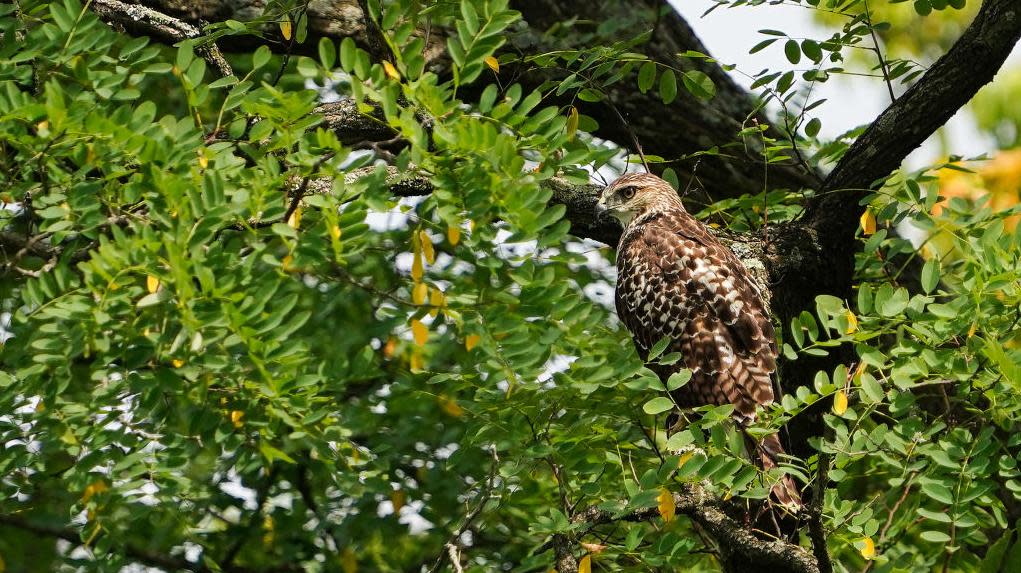Ohio State University Researchers Are Using AI to Understand Changing Biodiversity

A hawk is seen near the fifth tee during the final round of the Kroger Queen City Championship presented by P&G at Kenwood Country Club on September 10, 2023 in Cincinnati, Ohio.
A team of researchers from around the world, led by Ohio State University, will be gathering data to create artificial intelligence-informed models to better understand the long-term impact of the climate crisis on biodiversity.
Experts from six universities in Canada, Europe, Australia, and the U.S. are working to develop AI-enabled and data-supported research to study how the climate crisis is impacting life on the planet. The scientists on this team want to understand how it will make life harder for plants, insects, and other species of animals, Ohio State University announced this month.
Read more
Sony Deletes Mentions Of Troubled Star Wars: KotOR PS5 Remake, Hides Trailer [Update]
Teenage Black Girl Stabbed to Death After Friend Allegedly Refused Flowers From Ex-Boyfriend
Consumer Reports' Most Reliable Fuel-Efficient Midsize SUVs In 2023
One user case for collecting data and using AI to help analyze it is gathering information about a range of species in the U.S. to better understand how changing weather patterns are affecting seasonal migrations. Researchers intend to study over 200 species of amphibians, reptiles, birds, and mammals that breed about 500 miles north of the Canadian-U.S. border, Ohio State News reported. Researchers will gather the data about the animal species they intend to study from sound recorders, satellite images, cameras, and information from citizen scientists. Once the models analyze that data, researchers hope to understand how some species’ range may be shifting north as average temperatures increase over time.
Berger-Wolf explained that this can be applied to other communities around the world who are working to understand different climate scenarios. The larger project hasn’t just partnered with some universities but with nonprofits, industry leaders, and governments all over the world. Those outside of academia who are participating can upload animal sightings and photos to apps to increase the data pool for future AI-informed models.
“There’s so many nature lovers out there who will gladly go out and take a picture and contribute their picture as evidence,” she said. “[There’s] platforms like eBird and iNaturalist.”
Berger-Wolf also pointed out that having more information about how biodiversity is being affected by climate change could help leaders and organizations form new solutions. This could include using the AI-informed models to work on solutions for conservation or climate education. “We want them to be able to use AI to design and to fully incorporate that research for policymakers,” she explained.
Want more climate and environment stories? Check out Earther’s guides to decarbonizing your home, divesting from fossil fuels, packing a disaster go bag, and overcoming climate dread. And don’t miss our coverage of the latest IPCC climate report, the future of carbon dioxide removal, and the invasive plants you should rip to shreds.
More from Gizmodo
Melania Trump Renegotiates Her Very Large Prenup to Protect Her Very Large Son’s Trust
It’s Over: Judge Puts an End to The Blind Side Family’s Conservatorship of Michael Oher
Anti-Abortion Lawyer Wants Names of People Who Donated to 9 Texas Abortion Funds
These Are The Best Used Cars To Buy Instead Of The Remaining New Cars Under $20,000
An Angry Florida Customer And Auto Shop Owner Kill Each In A Shootout Over Bad Service
Sign up for Gizmodo's Newsletter. For the latest news, Facebook, Twitter and Instagram.

